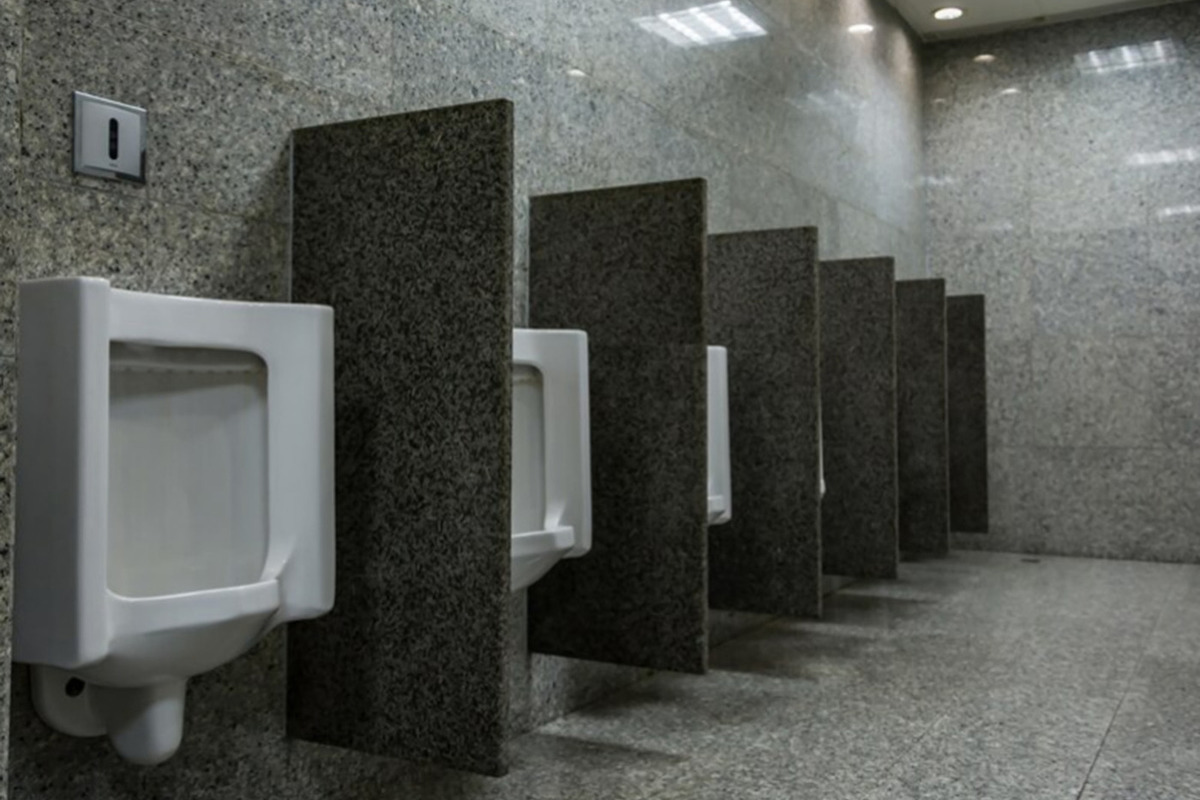A scandal erupted at a world exhibition in Japan over exorbitantly expensive toilets
[ad_1]

Visitors to next year’s world fair in Japan could find themselves spending pennies on toilets that will cost more than £1m to build, with recent estimates for the construction of toilets sparking a row over the rising costs of the event.
Japanese media reported this week that some of the more than 40 toilets being built at a construction site in Osaka, a port city in the country’s west, will cost 200 million yen.
The eight toilets at the exhibition site will be designed by up-and-coming architects, responsible minister Hanako Jimi said this week, pointing out that the facilities will have more stalls than a typical public toilet, The Guardian reports.
The cost, according to Jimi, “is not necessarily high given the scale of the project.”
But her explanation, which was widely reported in Japanese media this week, only fueled criticism of the project’s rising costs.
The toilet details, published in the Asahi and Mainichi newspapers, came shortly after exhibition organizers said they had pushed back the target completion date for the national pavilions to October this year, citing construction delays caused by rising material costs and labor shortages.
The “Type A” pavilions, where countries showcase their history, culture and technology, were supposed to be ready by July.
Of the 150 participating countries and regions, about 60 had planned to build their own pavilions, but abandoned the projects after they were unable to find Japanese construction firms that could complete the work within budget. As of the end of last year, only 36 countries had committed to building custom pavilions, according to Kyodo News.
The lack of enthusiasm has fueled criticism of the venture, which is expected to cost up to 235 billion yen – almost double the original estimate – with costs to be split between the central government, local authorities in Osaka and the private sector.
Organizers and politicians have resisted calls to cancel or postpone the event following the deadly New Year’s earthquake on the Noto Peninsula.
There are concerns that the exhibition, which will run from April 13 to October 13, 2025 on the man-made “Dream Island” of Yumeshima, could increase the cost of materials and put a strain on human resources – both of which are desperately needed in the disaster-stricken coastal region Sea of Japan.
The toilets are not the only feature of the 390-hectare site that has drawn criticism. The pavilions and other attractions will be surrounded by the “Ring,” a circular roof with walkways that, when completed, will be one of the largest wooden structures in the world.
However, the ¥24.4 billion roof will be removed after the event so work can begin on Japan’s first casino, due to open in 2030, leading one opposition lawmaker to call it “one of the biggest wastes of money in world,” according to the Asahi Shimbun.
Public opinion on the project is divided, with few believing it will repeat the success of the 1970 Osaka Expo. The event attracted more than 60 million visitors and confirmed Japan’s transformation from a defeated empire into an economic and industrial powerhouse.
In a Kyodo poll earlier this month, 27% of respondents said next year’s exhibition should be postponed to prioritize reconstruction of earthquake-damaged communities. A similar proportion said the event should go on as planned, while 26.7% said it should be scaled back.
[ad_2]
Source link








